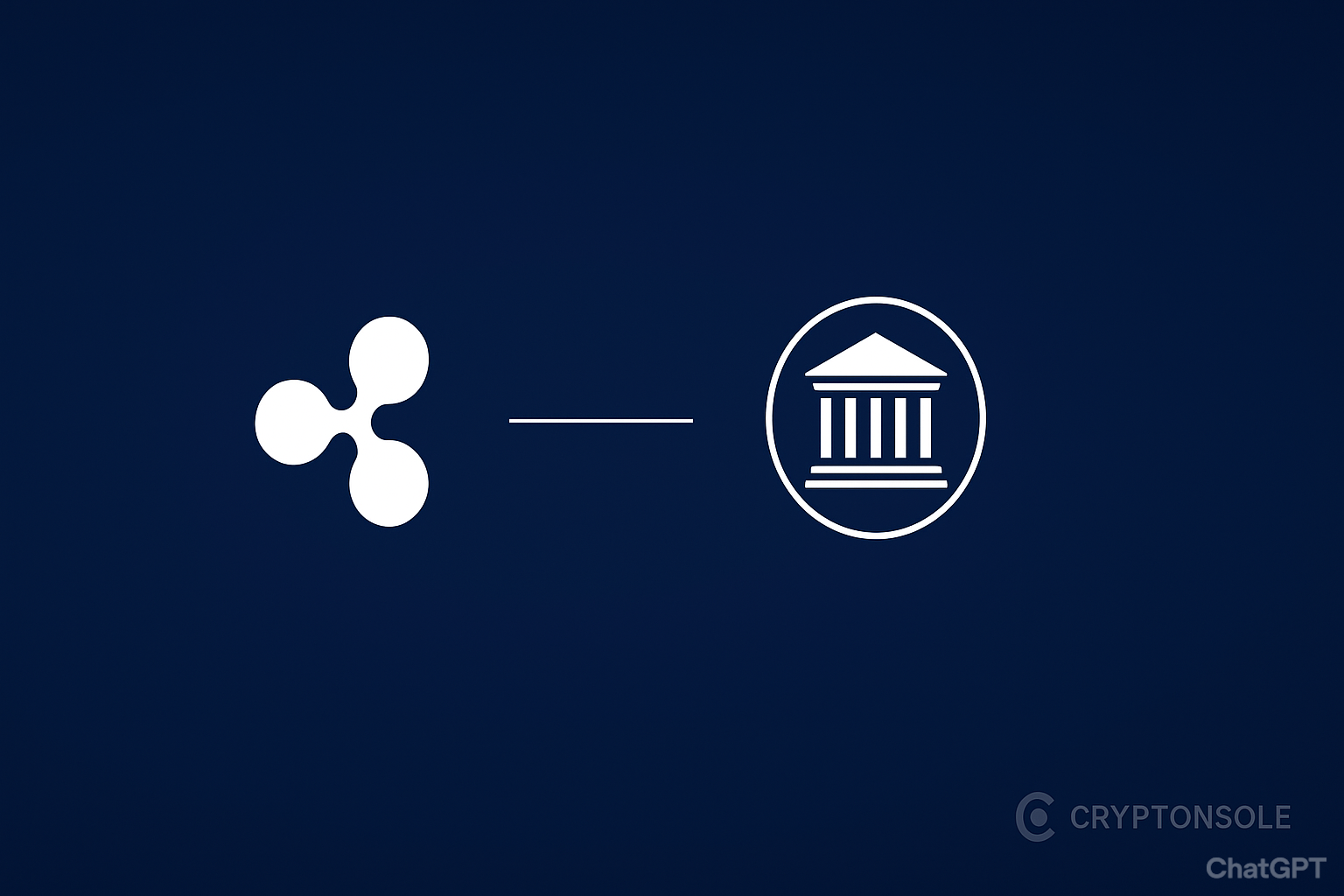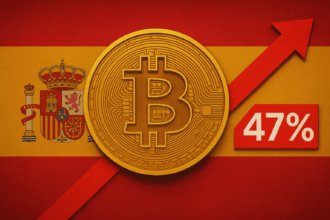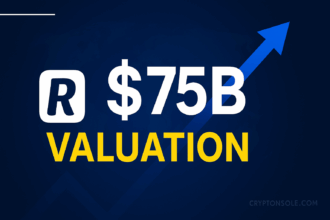Summary
Ripple’s University Blockchain Research Initiative (UBRI) is partnering with UC Berkeley’s College of Engineering to launch a Center for Digital Assets (CDA), powered by a $1.3 million gift in Ripple USD (RLUSD). The new center will spearhead research in blockchain technologies, digital twins of physical assets, tokenization, and trusted valuation methods. Ripple engineers will collaborate directly with Berkeley faculty and students.
Key Details & Objectives
- Funding Structure & Currency
The $1.3M contribution is provided in RLUSD, Ripple’s U.S. dollar–backed stablecoin. This is the first time Ripple is aiding the creation of a university research center in this direct way. - Research Focus Areas
The CDA’s projects will span:- Blockchain research and decentralized systems
- Digital twin models of physical assets (machines, infrastructure, agriculture, etc.)
- Methods for valuation, verification, and exchange of digital replicas
- Tokenized asset models, open source technologies, and interdisciplinary innovation
- Academic & Industry Integration
The center will unite Berkeley’s academic expertise with Ripple’s engineering resources. Joint pilots, open-source development, and the Berkeley Digital Asset Accelerator (BDAX) will support XRPL ecosystem startups. - Build on Past Collaboration
Berkeley has been a partner of Ripple for years through UBRI funding for blockchain education and research projects. This marks a deeper commitment, embedding the partnership into institutional research infrastructure. - Operational Pillars & Use Cases
The center’s mission is organized around three pillars:- Collaborative Research & Pilots — working on applied projects and testbeds
- Academic & Talent Development — training students, creating new courses, facilitating hands-on experience
- Ecosystem Growth & Impact — building networks, hosting accelerator programs, publishing tools and findings
Importance & Implications
- Strengthening Academic Infrastructure in Crypto
By establishing a dedicated, well-funded center within a leading public university, Ripple helps legitimize and institutionalize blockchain, digital twins, and tokenization research in mainstream engineering. - Ripple & XRPL Ecosystem Benefits
The CDA is likely to act as a talent pipeline and innovation engine for projects built on the XRP Ledger and related infrastructure. Startups emerging from BDAX may directly feed into Ripple’s ecosystem. - Bridging Digital & Physical Worlds
Digital twin research is especially powerful: if physical assets (e.g. machinery, real estate, supply chains) can be accurately represented, valued, and exchanged, it opens up new models of liquidity, financing, and tokenization. - Funding via RLUSD
Using Ripple’s own stablecoin for funding is a symbolic and strategic choice—it increases usage and shows confidence in RLUSD’s utility. But it also means the center is partially backed by Ripple’s own token infrastructure. - Open Source & Shared Knowledge
The commitment to open source development means that the tools and findings won’t remain proprietary; they can influence broader blockchain, DeFi, and IoT ecosystems.
Risks & Challenges
- Research to Reality Gap
Academic and prototype advances may not always translate to scalable, secure, real-world deployments. Digital twin modeling, for example, involves significant complexity in sensors, data integrity, and simulation fidelity. - Dependence on Stablecoin Economy
Funding in RLUSD presupposes long-term confidence in Ripple’s stablecoin and related infrastructure. Fluctuations or regulatory risk to RLUSD could affect the center’s finances. - Cross-Discipline Coordination
Projects will cross domains—engineering, economics, finance, computer science. Coordinating academic silos and managing interdisciplinary projects is nontrivial. - Governance & Independence
Ensuring academic independence while engaging industry partners like Ripple is delicate; conflicts of interest or bias must be managed.
What to Watch Moving Forward
- Project Announcements from CDA — pilot programs, whitepapers, prototypes in digital5 twin, tokenization, valuation.
- BDAX Accelerator Cohorts — which startups are selected, and how they integrate with XRPL and wider blockchain infrastructure.
- Publications & Open Source Releases — algorithms, standards, or libraries that may become standards in digital asset research.
- Student Recruitment & Course Creation — whether new academic programs in digital assets, blockchain engineering, or token economics are launched.
- Ripple & RLUSD Metrics — the usage, redemption, and adoption of RLUSD—since that ties into Ripple’s commitment to the center.
M4YBD1GK












